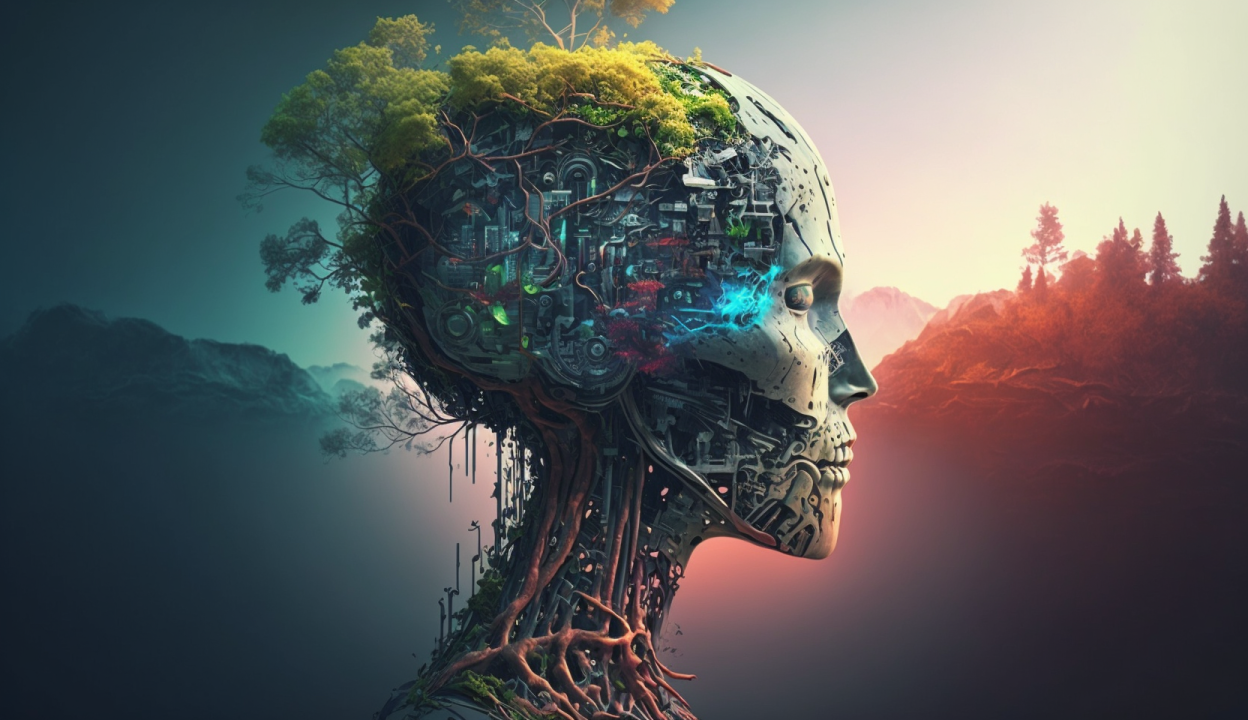In recent years, artificial intelligence (AI) has emerged as a powerful tool with the potential to revolutionize various aspects of our lives, including environmental sustainability. However, like any technology, AI comes with both benefits and drawbacks. Let’s explore how AI can impact the environment, highlighting the good and the bad, and then summarize the overall implications.

AI and Environment – The Good
- Efficient Resource Management: AI algorithms can optimize resource usage in various industries, such as energy, agriculture, and transportation. For example, AI-powered energy management systems can analyze data in real-time to optimize energy consumption, leading to significant energy savings and reduced carbon emissions.
- Environmental Monitoring: AI technologies, such as satellite imagery and machine learning algorithms, enable more accurate and timely environmental monitoring. From tracking deforestation and wildlife populations to monitoring air and water quality, AI enhances our ability to understand and address environmental challenges.
- Climate Change Mitigation: AI-driven predictive models can help predict and mitigate the impacts of climate change. For instance, AI algorithms can analyze vast amounts of climate data to identify trends, forecast extreme weather events, and develop strategies for adaptation and resilience.
AI and Environment – The Bad
- Energy Consumption: Training AI models requires substantial computational power, which can consume significant amounts of energy. Large-scale AI applications, such as deep learning algorithms, often run on energy-intensive data centers, contributing to increased carbon emissions and environmental impact.
- E-Waste: The rapid pace of technological innovation results in shorter product lifecycles and increased electronic waste (e-waste). As AI technologies evolve, older hardware and devices become obsolete, leading to the disposal of electronic components that can harm the environment if not properly managed and recycled.
- Algorithmic Bias: AI systems are susceptible to bias, reflecting the biases present in the data used to train them. Biased algorithms can perpetuate inequalities and injustices, exacerbating environmental injustices and disproportionately affecting marginalized communities.
Summarizing the Impact:
In conclusion, AI has the potential to positively impact the environment by optimizing resource management, enhancing environmental monitoring, and mitigating the effects of climate change. However, it also poses challenges, such as energy consumption, e-waste generation, and algorithmic bias, which can have negative environmental consequences.
To harness the benefits of AI while mitigating its drawbacks, it’s essential to prioritize ethical AI development, promote transparency and accountability in algorithmic decision-making, and invest in sustainable AI solutions. By leveraging AI responsibly and ethically, we can maximize its potential to address environmental challenges and create a more sustainable future for generations to come.




